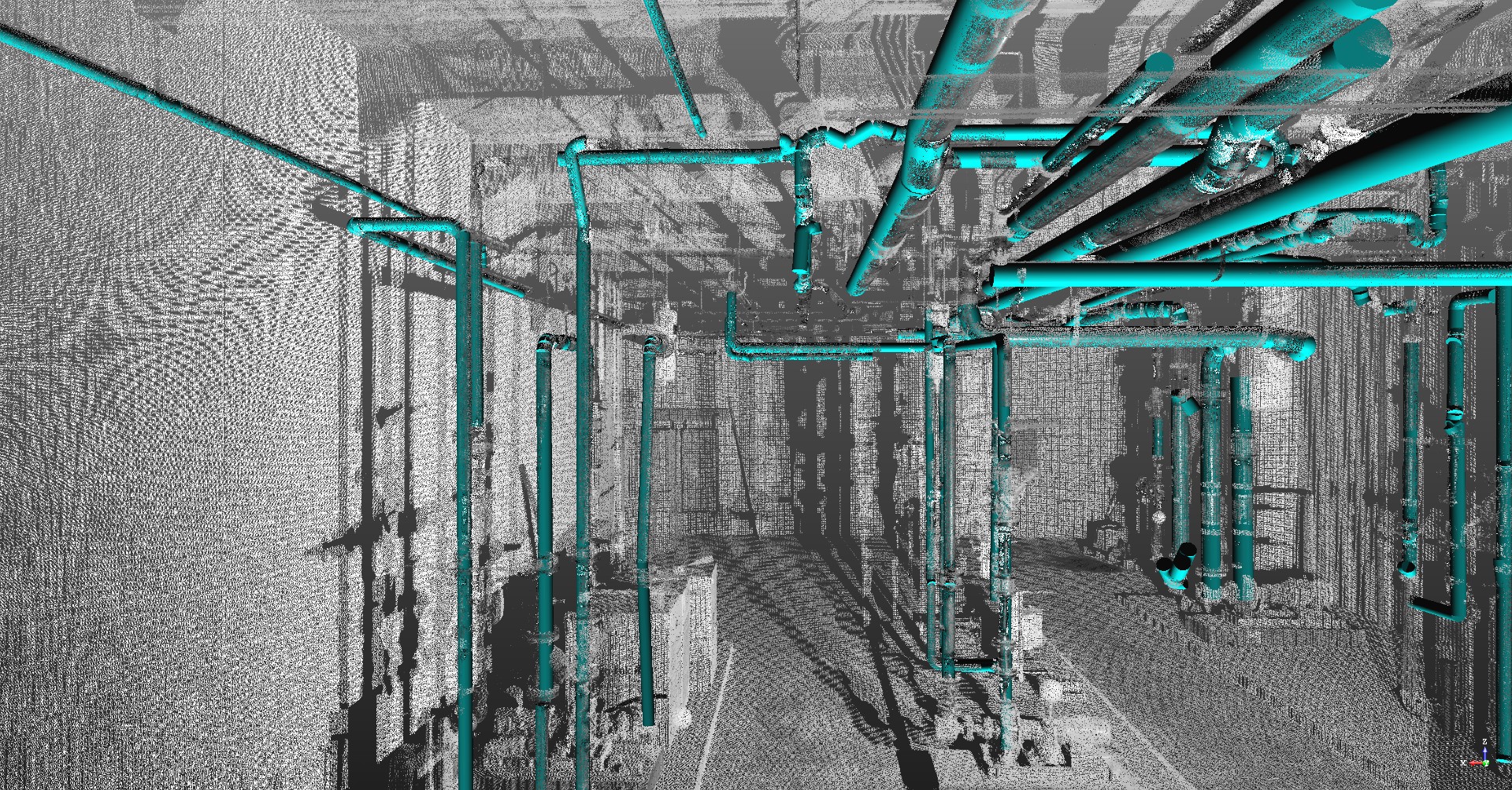Facility Management basically involves coordinating and managing the various aspects of a built environment to ensure the smooth functioning of facilities. From office buildings to hospitals, factories to commercial complexes, it plays a vital role in maintaining and enhancing the overall functionality of physical spaces.
With the advent of digital technologies, facility management has been enhanced even more. Arguably, Building Information Modelling (BIM) has spearheaded this transformation more than anything else.
What was once seen as a design and construction tool has now evolved into an indispensable asset for effective facility management. To understand the transformative role it has had in facility management, we must first understand what BIM is.
Read Also: What is BIM? Understanding the Revolutionary Construction Technology
Understanding BIM
Building Information Modelling (BIM) has transformed the way construction, architecture, engineering and facility management industries operate. It’s a holistic approach to design, construction and project management that utilizes digital technology to create and manage a detailed virtual representation of a building or infrastructure project.
BIM encompasses not only the physical aspects of the project but also the data and information associated with it. At its core, it involves creating a digital model that represents every aspect of a building or project.
This model isn’t just a 3D visualization. It’s a collaborative and data-rich environment where information about the project’s design, materials and cost is integrated. It therefore harnesses the power of data and geometric modelling to enhance the appeal and final outlook of a project.
How BIM Aids Facility Management
1. It Enhances Maintenance and Operations
BIM’s significance doesn’t fade after the construction dust settles. Its utility transcends the initial construction phase, and into the facility management phase. It therefore offers an enriched digital twin of the physical building. This comprehensive model captures not only geometric data but also a wealth of information about systems, components and materials.
This accelerated access translates into more efficient maintenance, inspections and repairs. Consequently, facility managers can pinpoint the exact location of equipment, analyse their conditions and perform timely maintenance to prevent disruptions.
2. BIM Promotes Real-time Data Integration
BIM doesn’t just offer a snapshot of a building’s attributes. It acts as a central repository for all building-related data. By analysing historical data and real-time performance metrics, facility managers can implement predictive maintenance strategies. This foresight minimizes downtime, reduces costs and prolongs the life of building systems.
Additionally, facility managers can integrate real-time data updates into the model, thereby ensuring that maintenance actions are based on accurate and up-to-date information. From equipment specifications to maintenance schedules, this data integration streamlines facility management tasks.
3. BIM Enhances Predictive Maintenance
BIM’s influence extends beyond mere data storage. With historical data and real-time performance metrics at their disposal, facility managers can implement predictive maintenance strategies in their tasks.
By analysing trends and patterns, they can anticipate potential equipment failures and initiate maintenance before problems arise. This proactive approach minimizes downtime, reduces operational costs and enhances overall efficiency.


4. It Optimizes Space Utilization
As a data visualization and modelling platform, BIM provides accurate measurements and usage data. It provides data on how spaces are being used and these insights help with corrective adjustments
With a clear overview of how spaces are utilized, facility managers can plan reconfigurations, ensure efficient occupancy and create more productive environments.
5. Energy Efficiency and Sustainability
No facility management task is undertaken without due consideration on energy consumption. Crucially, BIM has got this problem covered. It seamlessly integrates with energy management systems to promote sustainability and efficiency.
This therefore equips facility managers with the insights to monitor energy usage and implement energy-saving measures. This ultimately aligns with sustainability objectives and helps cut operational costs.
Read Also: How BIM Aids Project Managers Achieve Sustainability
6. Renovations and Retrofits
Facility upgrades are time-consuming and pain-staking processes. They involve a lot of planning and visualization activities. BIM eases this burden by allowing facility managers to visualize proposed changes within the context of the existing environment.
Consequently, this visualization helps facility operators ensure compatibility, reduce risks and leads to more accurate cost estimations.
7. BIM Promotes Cross-Functional Collaboration
BIM brings together various teams such as architects, engineers, facility managers and contractors. This has the benefit of enhancing seamless communication and alignment, from design to operations across different departments.
Additionally, BIM helps with clash detection and conflict resolution. Consequently, this clash detection minimizes disruptions and costly rework, thereby guaranteeing smooth operations.
Conclusion
Building Information Modelling has transcended its origins in design and construction to become an instrumental tool in facility management. As a comprehensive repository of data, BIM empowers facility managers with the tools to streamline operations, enhance maintenance practices, make data-driven decisions and contribute to overall sustainability. In an era where efficient building management is paramount, BIM stands as a beacon of innovation, guiding facility managers toward smarter, more effective strategies for building optimization.
We have a firm belief that every organization has a unique purpose only they can fulfil in this world. We work with you in organizing your resources to exploit opportunities so that you can fulfil your purpose and realize full potential. We build the capacity of people, processes and systems for organizational success and growth as well as nurturing a thriving ecosystem.
Ready to enhance your skills and boost your career? Explore our corporate training programs now and start your journey to success.








Comment here